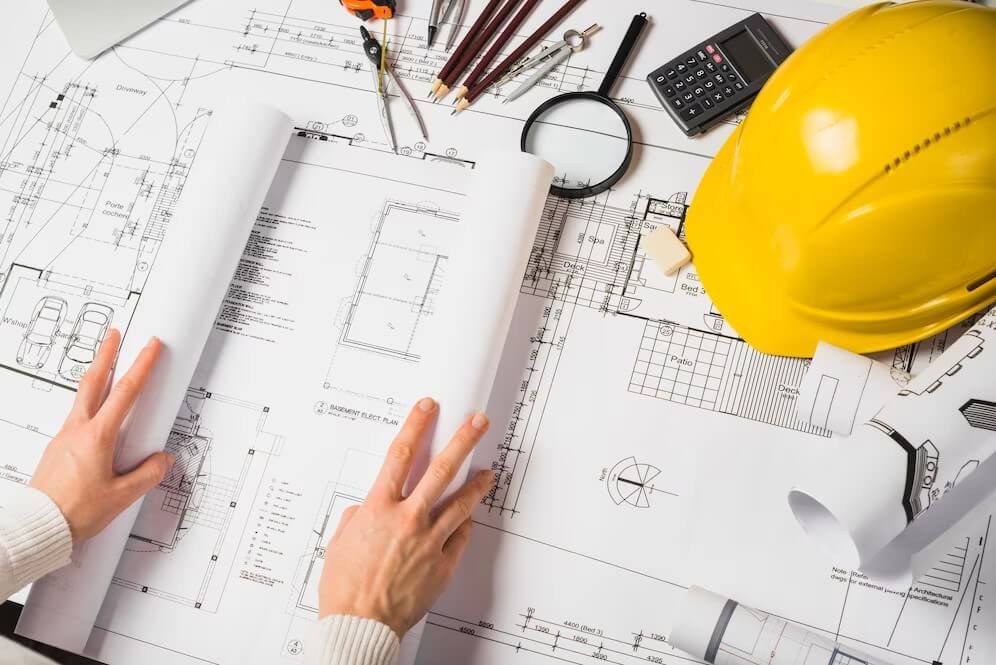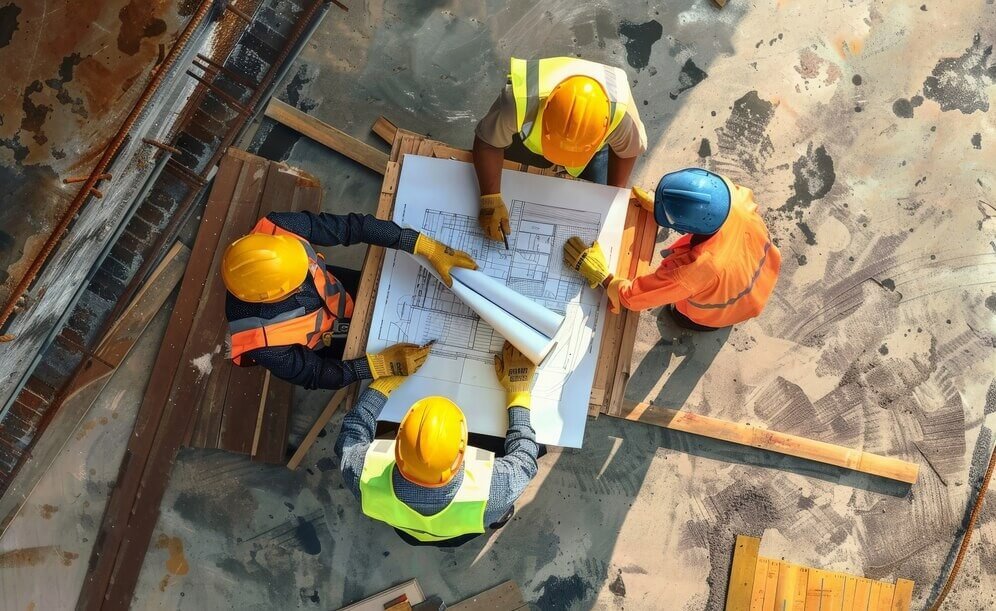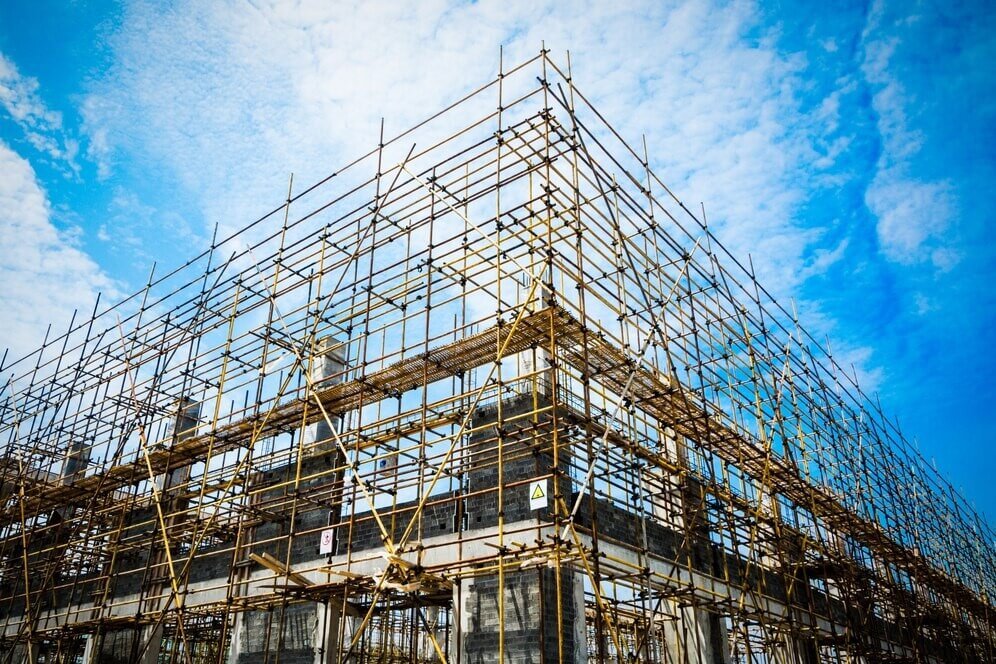Raising a child is like embarking on a building project. Just as every successful construction follows a well-defined plan and process, so must the journey of raising children—especially when done according to God’s Kingdom principles.
Every building project typically involves the following:
- A clear purpose and plan (including budget, timeline, and design),
- A contractor and workforce,
- A blueprint that defines the outcome,
- Raw materials and equipment, and
- Ongoing maintenance and management.
Let’s explore how these elements apply to parenting and stewardship of children as God intended.
1. Building Purpose and Plan
No one starts a building project without a specific purpose or need in mind. The vision always comes from the owner or stakeholders, who then hire a capable contractor to bring it to life.
In the same way, God is the Owner of every child. He entrusts them to parents or guardians as caretakers and contractors. Whether a child is born through intentional planning or otherwise, God has a defined purpose for each life.
As parents or guardians, we are responsible for discovering, understanding, and aligning with God’s purpose for each child. This requires spiritual sensitivity, wisdom, and humility. We are not to impose our own ambitions or follow societal trends but rather seek God’s design.
Also important is the timeline—just as building projects have deadlines, so does parenting. Our time with our children is limited, and we must make the most of it before handing them over to the next phase of God’s plan.

2. The Blueprint
Before the first stone is laid, every building project requires a blueprint—a visual and technical representation of the owner’s vision. It guides every stage of construction.
In parenting, the blueprint is the divinely-inspired picture of your child’s future, revealed by God and refined through partnership between the parent and child.
First, the parent receives this blueprint through prayer, the Holy Spirit’s inspiration, and spiritual wisdom. As the child matures, they too must come to understand and embrace this vision for their life. God gradually unfolds deeper details to them as they grow spiritually and mentally.
For example, Joseph (Jesus’ earthly father) was given insight into Jesus’ divine assignment and raised Him accordingly (Matthew 1:18-25). Jesus later grew into full understanding of His calling. In contrast, Samson’s parents were given a divine blueprint (Judges 13:1-25), but Samson failed to stay aligned with it—leading to a tragic deviation from God’s original plan.
The lesson? Both the parent and child must partner with God to stay aligned with the divine blueprint. It’s a collaborative journey led by revelation, mentorship, and obedience.

3. The Contractor Team (The Workforce)
No building project is completed by one person. It requires a team of professionals—engineers, masons, electricians—each playing a vital, irreplaceable role.
Likewise, raising a child involves:
- Parents/guardians – the primary builders,
- Other influencers – extended family, teachers, mentors, pastors, friends, society,
- The child themselves – an active participant in their growth.
Each member of this workforce has a quota to fulfill. Parents set the foundation, but God also brings “destiny helpers”—people strategically placed to contribute to the child’s growth. And as the child matures, they must take ownership of their own development.
No single member of this team is dispensable. Together, they form the human instruments God uses to construct a life according to His will.
4. Raw Materials, Equipment and Building Structure
Every building requires raw materials to take shape—cement, blocks, steel, roofing, and so on. These materials contribute to three critical layers of the building:
A. Exterior View — The Physical Body
This is what people see at a glance—the beauty, appearance, and external finish of the building.
Likewise, a child’s physical presentation—health, grooming, posture, and mannerisms—is the “exterior.” It matters because it reflects order and care. Parents must ensure children are healthy, well-dressed, and presentable. This forms part of the witness of godliness.
However, we must never mistake the exterior for the real building. It’s just the surface.
B. Interior View — The Soul (Mind, Emotions, Will)
The interior design of a building—its colors, layout, lighting—defines how it feels and functions. It determines whether the space is pleasant and useful.
This parallels the soul of a child—their mind, emotions, and will. A child’s thoughts, emotional maturity, and mental capacity shape how they interpret life and make decisions.
“As a man thinketh in his heart, so is he” (Proverbs 23:7). What happens in the soul is a reflection of the true self. That’s why it is critical to nurture the mind with godly values, wisdom, and understanding.
C. The Hidden Structural Core — The Spirit (The Real Person)
What truly holds up a building isn’t visible: the cement blocks, iron rods, foundation, and structural frame. If this unseen part fails, everything else collapses.
So it is with the human spirit. The spirit is the real person, not the body or the mind. The Bible says that it is the spirit of man that gives life and identity.
To build a child’s spirit, we need:
- The Word of God (the seed),
- The Holy Spirit (the cultivator),
- An atmosphere of prayer and spiritual growth.
The spirit must be trained, fed, and strengthened to withstand the storms of life and fulfill its God-given assignment. Without a strong spirit, both the soul and body will falter.
5. Maintenance and Management
Even after a building is complete, it must be maintained and managed to continue serving its purpose. Paint fades, systems break down, and updates are required.
In the same way, parenting doesn’t last forever. There comes a point when the “construction phase” ends, and the child begins to function independently.
At that point:
- God continues the management as the ultimate Owner,
- Destiny helpers continue to provide support,
- And most importantly, the child takes responsibility for living out God’s plan for their life.
If the foundation was well-laid, and the child has been equipped spiritually, mentally, and physically, then they will thrive and continue to serve God’s purpose as a “finished building.”
In Summary
Every building project involves two main players: the Owner and the Contractor Team.
In the case of raising a child:
- God is the Owner,
- The Contractor Team includes the parents, the child, and God-sent helpers.
Our goal as parents is to build in alignment with God’s original plan, using the right materials, staying on schedule, and staying sensitive to His Spirit. True success is not what the world says—it’s God’s approval that ultimately counts.
“Except the Lord builds the house, they labor in vain that build it…” — Psalm 127:1
May every child in our care become a building that glorifies God—strong in spirit, wise in soul, and excellent in life.

